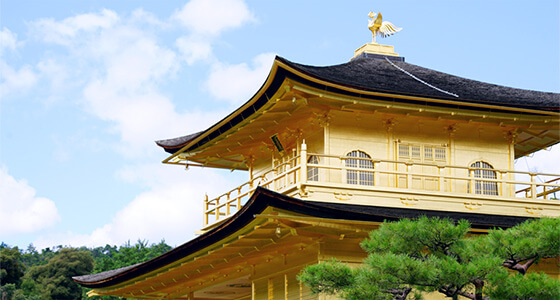About HYOZAEMON Chopsticks
Chopstick-making Policy
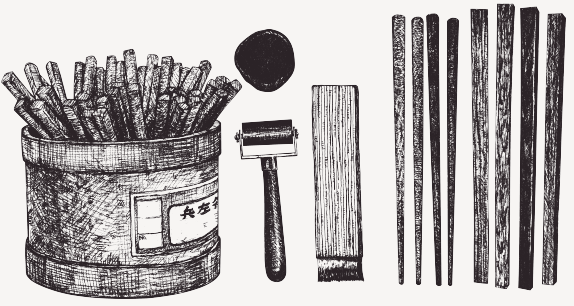
We want your family members and loved ones to use HYOZAEMON chopsticks. Therefore, HYOZAEMON is thoroughly committed to the materials of its chopsticks.
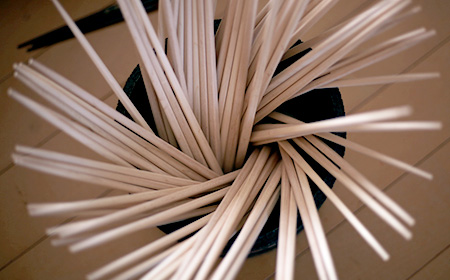
-
Carefully Selected Materials
Natural Wood -
HYOZAEMON chopsticks are made of carefully selected materials, such as ebony, red sandalwood, ash tree wood, hiba wood, cherry wood, kumea, ironwood, maple, manilkara, and even recycled baseball bats.
To deliver high-quality chopsticks to our customers at stable prices, we carefully select good-quality wood suitable for chopsticks when we manufacture them.
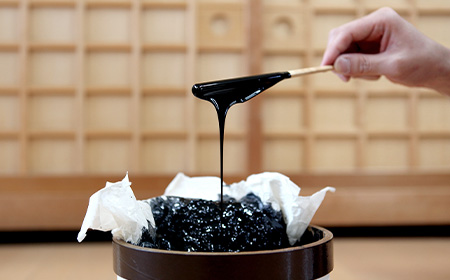
-
Specially Selected Material
Virgin Lacquer™ - HYOZAEMON always uses Virgin Lacquer™, free of harmful ingredients, for the chopstick tips that go directly into the mouth. HYOZAEMON is particular about safe and secure chopsticks. They are completed with the carefully applied and reapplied Virgin Lacquer™.
Chopsticks as “Part of the Food”
Considering that chopsticks, which enter the mouth, are “part of the food” that people eat, HYOZAEMON has registered Virgin Lacquer™ as its trademark for pure non-synthetic lacquer. Since then, HYOZAEMON has been making chopsticks under its high safety standards by only using Virgin Lacquer™ for chopstick tips.
- STORY
-
It was around 1970 that HYOZAEMON began to review the safety aspects of chopsticks.
A simple question from one mother inspired HYOZAEMON:“My child is playing with a chopstick tip like a colored pencil and drawing a picture. Is it okay to put the chopstick tip that fades like that into the mouth?”
This was shocking to us.
Since those days, most Japanese chopsticks have been tipped with synthetic chemical paint. HYOZAEMON was also using synthetic chemical paint, without any doubt.Since the mother’s question to HYOZAEMON, the company has been sincerely thinking about true peace of mind and has been continuously making chopsticks as “part of the food” we eat.
Loophole of Meeting National Standards
We do not believe that abiding by the Food Sanitation Act, which serves as national food safety standards, ensures safety because the current national safety standards allow the same labeling of lacquer in all of the following cases:
-
① Synthetic chemical paint mixed with even one drop of non-synthetic lacquer
-
② A product in which synthetic chemical paint is applied, and then non-synthetic lacquer is applied only once on the surface.
-
③ Only 100% natural lacquer, applied from undercoat to finish
According to these standards, the manufacturers can state that the products include non-synthetic lacquer as an ingredient in the above cases.
The content rate of non-synthetic lacquer does not matter.
- It is not possible to visually judge whether safe non-synthetic lacquer is used.
- As a chopstick manufacturer with the policy that chopsticks are “part of the food” we eat, HYOZAEMON has set high safety standards conforming to food safety standards. HYOZAEMON uses only pure lacquer (Virgin Lacquer™) for chopstick tips, from the undercoating to the finishing of chopsticks it makes.
* Chopsticks with a natural beeswax finish, free of lacquer, are also available.
Natural Lacquer Applications
Natural Lacquer Applications
Coatings Natural lacquer coatings have excellent chemical properties as coating film.
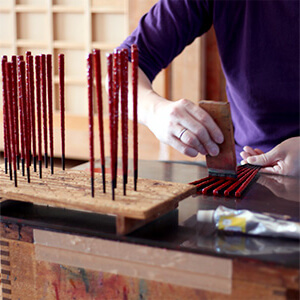
- Unaffected by acids, such as hydrochloric acid and sulfuric acid
- Unaffected by alkali
- Unaffected by aqua regia, which is used when melting gold and platinum
- Waterproof
- Antiseptic
- Insect repellent
- Antibacterial properties (exhibits high antibacterial properties against salmonella, vibrio parahaemolyticus, E. coli, etc.)
- Due to its excellent heat retention and low heat conductivity, moderate warmth remains in the hands.(In comparison, porcelain has the highest thermal conductivity, followed by pottery and lacquerware.)
- Anticorrosive. After applying a lacquer coating on an iron kettle, the surface is baked to prevent rust.
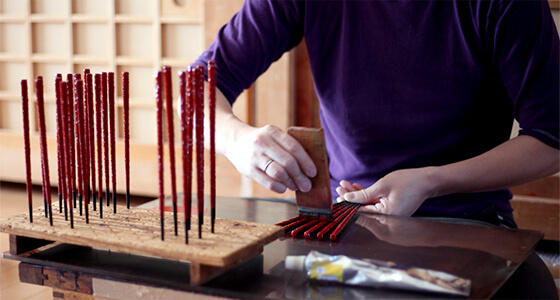
AdhesiveNatural lacquer has also been used as an adhesive.
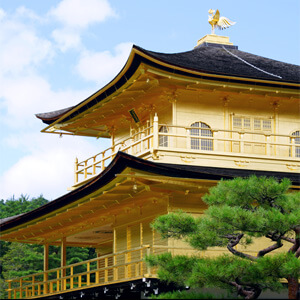
- The Tamamushi Shrine, a national treasure miniature shrine owned by Horyu-ji Temple, is Japan’s oldest urushi-e, i.e., a work with hand-painted technique (where natural lacquer was applied and coated with a gold leaf before the lacquer was dried). Asuka period (538-710)
- Dry lacquer statue for enshrinement (where the base was made with clay and covered with linen cloth glued with lacquer, and then the clay inside was dissolved with water, and the outer shape was formed with natural lacquer). Nara period (710-794)
- The gold leaf in the interior of Kinkaku-ji Temple was glued with natural lacquer. Muromachi period (1336-1573)
- Nunohari (coating cloth onto other materials) and nunokise (the covering of edges and other weak portions with linen to increase strength) are still-accepted techniques of today, increasing the strength of cloth adhering it with natural lacquer.
